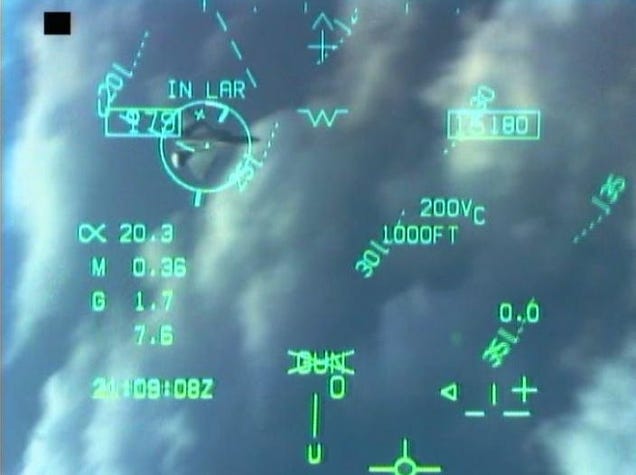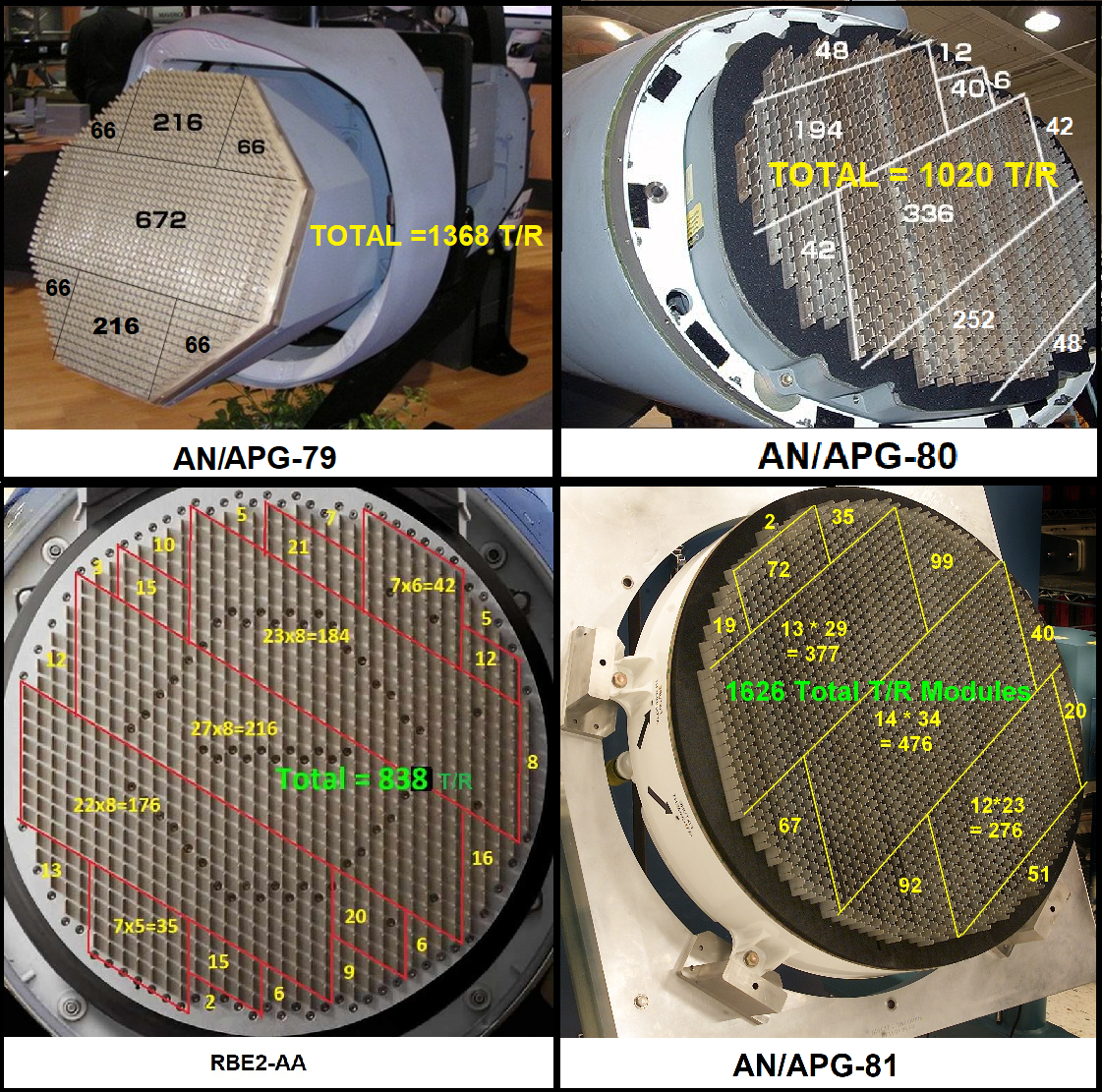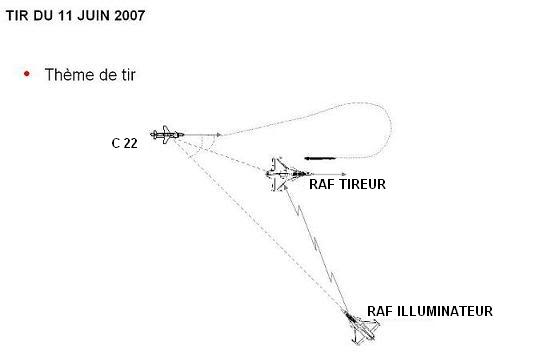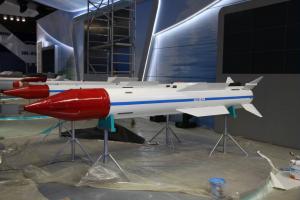Чистосердечное признание, и убогое прикручивание на фюзеляж.
Lockheed has a new modular sensor system for combat aircraft dubbed the "Legion Pod" that aims at plugging a major hole in US air warfare capability. It provides a bolt-on Infrared Search and Track (IRST) system for optically hunting down enemy aircraft, especially stealthy ones, that our radars have trouble detecting.
The Legion Pod is pitched as a plug-and-play system that can be rapidly adapted to suit different aircraft and customers needs. Presumably, different sensors could end up being carried in the 18 inch thick pod system, not just the IRST and the data-link alone that the pod was unveiled with. Still, even as an IRST alone, it and other systems like it, may be absolutely essential when it comes to retaining America's air supremacy edge in what is quickly becoming an increasingly uncertain age of air combat.
The USAF, Navy and Marines, should be funded to field the pod en masse after its capability is verified, as the Pentagon is living in denial of its aging and very prevalent 4th generation fighter force's ability to remain relevant over the battlefields of tomorrow. At the very least, we need to train our fighter forces to counter this capability as threats that are prevalent throughout the world have been fielding similar IRST systems for decades, with newer systems being much more capable than their predecessors. We can do this by supplying our aggressor squadrons with an IRST capability, and the bolt-on Legion Pod is the best answer we've yet seen to answer this problem.


A tactic fighter crews can use, especially if their jet is equipped with a IRST, is one where they will turn off all of their emissions to remain undetected by the enemy's passive radar and radio sniffing sensors. In some cases, doing so could force enemy fighters, and even enemy ground radar installations, to turn on their radars in order to search for targets as they cannot sense any of them in the area passively. This can give the crew of the friendly fighter equipped with an IRST not just greater awareness about the presence of the enemy in their area, but it can also give them a direction to point their IRST system for focused scanning.
With modern digital Radar Warning Receivers (RWR) and Electronic Support Measures (ESM) installed on 4th and 5th generation fighters, not just the direction but also the distance, and thus the geolocation, of an enemy radar emission can be estimated with incredibly accurate results. This is done (roughly speaking) through measuring the angle of arrival of the enemy's radar's emissions and the time it takes those waves to hit different antennas spaced around the aircraft. This same information can also be collected by strategic assets over larger distances, such as by a RC-135 Rivet Joint, EP-3 Aries, U-2 Dragon Lady, or a E-3 Sentry to some degree, operating in the rear echelons of the battlespace. They listen for enemy emissions, and once they detect them and geolocate them, their locations can be forwarded to the electromagnetically silent friendly fighter via data-link that is set to receive only mode. That same enemy fighter's IRST can be set to cue on to the location where the enemy emissions are emanating from.
Once the fighter, still operating without broadcasting any electromagnetic emissions of its own, detects the enemy aircraft, either with the help of sensing its radar emissions or via scanning the sky with its IRST alone, it can start tracking it if it is within the IRST's range. Even if the enemy aircraft turns off its radar shortly after turning it on, that short broadcast may be all the friendly fighter needs in order to focus their IRST on the section of the sky that the enemy aircraft inhabits. Once the enemy aircraft is within a certain range, an advanced IRST, like the IRST-21 featured in the Legion Pod, can begin to provide weapons engagement quality targeting information for its crew to use.
Отредактировано dell (2018-07-26 13:21:42)

















